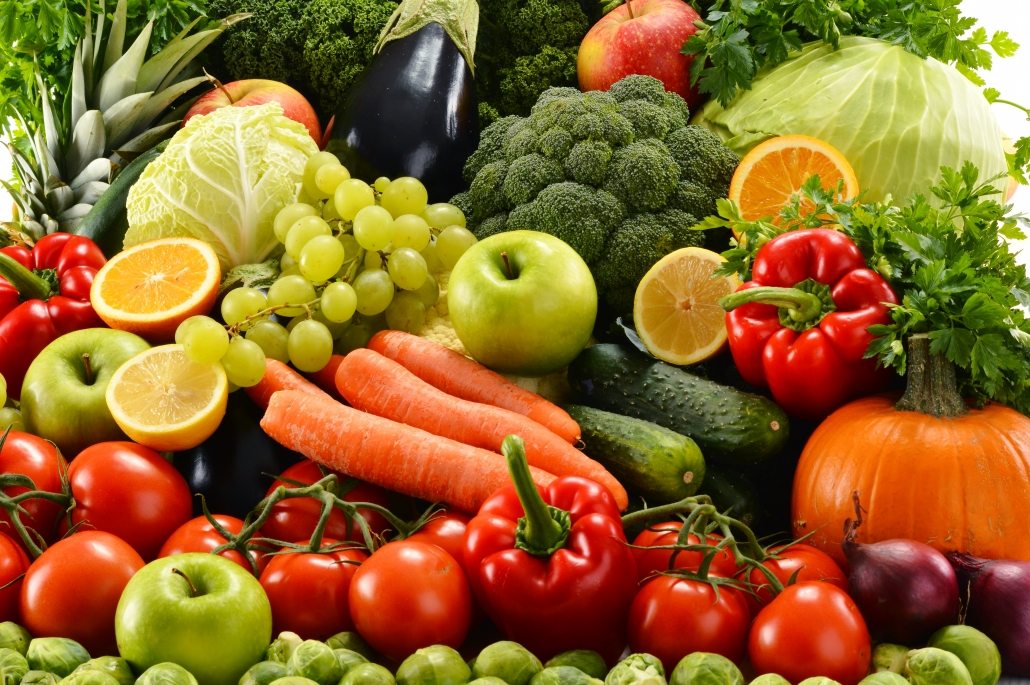Intermittent Versus Time-Restricted: Which Fasting Is Best?

Any great athlete knows that working out is only part of the wellness equation. Year after year, there are fad diets that catch steam in the health and fitness industry. Paleo. Atkins. Keto. You name it. Lately, eating styles including the intermittent fasting (IF) and time-restricted feeding (TRF) have been picking up steam. But what’s it all about? How does an intermittent fasting schedule compare to time-restricted? Will these eating strategies get you closer to your health goals? Here, the experts weigh in on these different types of fasting.
Related: Ketogenic, Paleo, Fasting: Which High-Performance Diet is Right for You?
Time-Restricted Feeding Versus an Intermittent Fasting Schedule
TRF and IF are often treated as if they are one and the same, but there are actually some major differences between the two. With TRF, all of your eating is compressed into about an 8-hour window. Most hours of the waking day, you’ll spend in a feeding state—say from 12 p.m. to 8 p.m. The other hours, between 8 p.m. and 11:49 a.m., you don’t consume calories, although you can have calorie-less drinks, like water and black coffee.
Related: What is the Best Fasting Diet for Fat Burning & Performance?
Intermittent fasting, on the opposite hand, can take on several forms, according to Susan Bowerman, MS, RD, CSSD, FAND, and Director of Worldwide Nutrition Education and Training at Herbalife Nutrition. “It can be alternate-day fasting or it could be the adoption of a very low-calorie diet twice a week (5:2 fasting) and then eating normally on the other five days,” she says. “Generally speaking, the calorie intake on the two low-calorie days would be in the range of 500 to 600 calories.”
Why Do It?
The theory behind both practices is that there are certain aspects of repair and rejuvenation that the body needs to undergo that it can do more effectively in the fasted state, says Bowerman. “Some researchers believe that either practice may optimize the lifespan, or the ‘healthspan,’ which refers to the period of life during which you are healthy.”
Aside from a longer life, both practices can reduce insulin resistance and inflammation. Plus, according to research published in the Journal of Nutrition, Health and Aging, TRF has been shown to reduce blood pressure and help with weight loss. IF has also been shown to reduce markers of low-grade chronic inflammation in the body. Chronic inflammation is associated with a number of chronic diseases like arthritis, cardiovascular disease such as heart attacks and stroke, cancer, obesity, and oral health problems.
Related: The One Thing Even Athletes Get Wrong About Inflammation
Different Types of Fasting: Is One Better Than the Other?
Generally speaking, TRF leads to modest calorie control without the need to count calories, simply because the number of hours when a person eats is shortened, says Bowerman. “It obviously would reduce, for example, late-night snacking for many people—which could result in significant calorie savings.” Depending on your intermittent fasting schedule, it could have the same effect.
An intermittent fasting schedule can also help increase energy expenditure by causing what is called “white adipose browning” (or “beige-ing”). White adipose tissue is the storage form of fat in the body, whereas brown fat is specialized fat that burns more calories and is responsible for heat production, says Bowerman. Intermittent fasting promotes this conversion and therefore can increase metabolic rate and weight loss.

Two Things to Remember If You Want to Try Either
If you are doing something like a 5:2 plan, you need to be careful what you eat on the five days of eating normally. “Too many people make the mistake of assuming that since they are fasting/semi-fasting on two days of the week, they have the license to ‘pig out’ on the other five days,” says Bowerman. Remember that it’s really important to eat sensibly all the time.
Related: The Dos and Don’ts of Juice Fasting
The other thing to remember is that when you’re eating fewer calories, the quality of your calories becomes super important. Since you have fewer calories to spend but need to pack in the same amount of nutrients your body needs, it means that each bite needs to be very nutrient dense. Look to nutrient-rich foods—like kale, seaweed, sweet potatoes, and seeds—and don’t waste calories on foods that don’t offer up a lot of nutrition.











